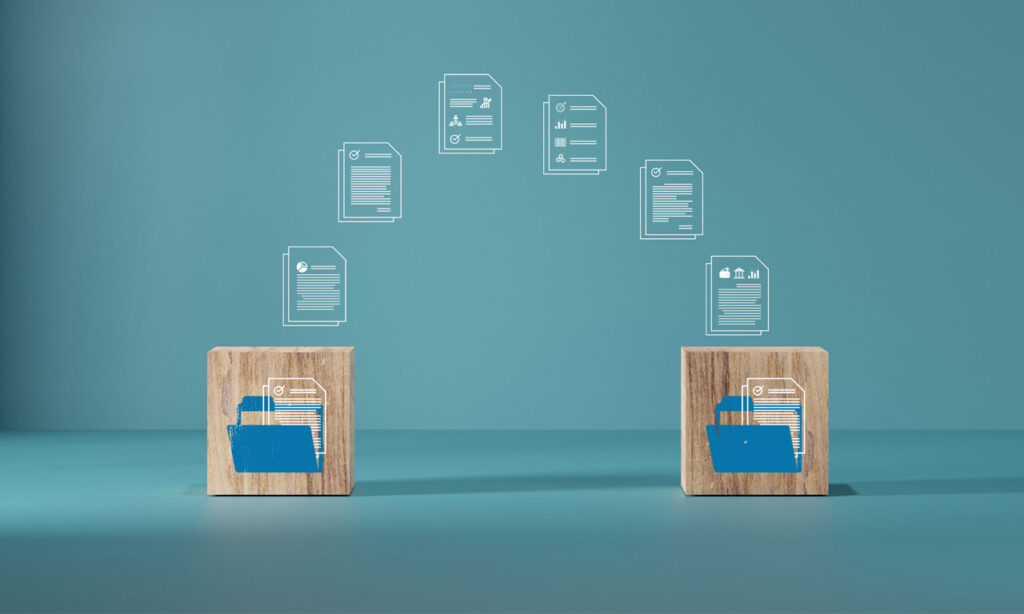Upgrading or migrating SharePoint environments can be a complex and daunting task. This is true whether you’re migrating from SharePoint on-premises to SharePoint Online (SPO) or upgrading from SharePoint 2016/2019 to SharePoint Server Edition.
Some organizations may also choose to implement a hybrid approach, combining on-premises infrastructure with SharePoint Online functionalities to meet unique organizational needs.
Understanding the common challenges can help you plan and execute a smoother transition.
Based on over two decades of hands-on experience assisting organizations through complex SharePoint transitions, we’ve encountered firsthand the obstacles that arise during upgrades and migrations.
Here are 10 of the most common challenges we’ve helped our customers navigate.
1. Customizations and Unsupported Features
One of the biggest hurdles in a SharePoint migration is dealing with customizations and unsupported features. Legacy solutions such as those built with Full Trust Code or InfoPath forms may not be supported in SharePoint Online.
Additionally, custom web parts, workflows (especially those created with SharePoint Designer or Nintex), and sandboxed solutions often require reengineering or reconfiguration to function properly in the new environment.
2. Large Volumes of Content
Migrating large volumes of content can be time-consuming and may hit throttling limits in SharePoint Online. It’s crucial to identify and clean up ROT (Redundant, Outdated, Trivial) content to streamline the migration process.
This step is often overlooked but can significantly impact the efficiency of your migration.
3. Complex Permissions Structures
Inconsistent or overly granular permissions can lead to access issues post-migration. Mapping on-premises Active Directory users to Azure AD can be particularly tricky, especially in hybrid environments.
Ensuring a smooth transition of permissions is essential to maintaining security and functionality.
4. Downtime and Business Disruption
Without proper planning, migrations can cause downtime or data loss, leading to business disruption. Users may experience confusion or productivity dips if they are not properly trained on the new environment.
It’s important to have a detailed migration plan and provide adequate training to minimize these risks.
5. Workflow Migration
SharePoint 2013 workflows will be fully retired from SharePoint Online by April 2, 20261, necessitating a move to Power Automate if you choose not to incorporate any third-party workflow solutions, like Nintex. This requires redesigning workflows, which can be resource-intensive.
Ensuring that workflows are properly migrated and functional in the new environment is critical to maintaining business processes.
Check out our previous Insight for a more detailed run-down of the Sharepoint 2013 Workflow retirement and what you need to know.
6. Metadata and Version History
Preserving metadata (e.g., created by, modified by, timestamps) and version history requires careful configuration. Some migration tools may not support full fidelity migration, so it’s important to choose the right tools and plan accordingly to maintain data integrity.
As a long-standing ShareGate partner, we often leverage their powerful tools to ensure full fidelity migration, maintaining data integrity and streamlining the transition process.
7. Search Configuration
Custom search schemas and refiners may not migrate cleanly, requiring a rebuild of search experiences in the new environment. This can be a time-consuming process but is essential for maintaining the usability of your SharePoint site and “findability” of your content.
8. Third-Party Integrations
The method used to integrate external systems with SharePoint, such as ERP or CRM systems, may need reconfiguration or replacement. Licensing and compatibility issues may arise with third-party add-ons, so it’s important to review and address these integrations during the migration process.
9. User Adoption and Training
Users accustomed to classic SharePoint interfaces may struggle initially with the modern UI. Lack of training can lead to the underutilization of new features. Providing appropriate training and support is key to ensuring user adoption and maximizing the benefits of the new environment.
10. Governance and Compliance
Migrating to the cloud introduces new compliance considerations, such as data residency and retention policies. Governance models may need to be updated to reflect new capabilities and risks. It’s important to review and adjust your governance framework to ensure compliance and security.
Final Thoughts
By understanding and addressing these common challenges, you can better prepare for your SharePoint migration and ensure a successful transition. If you have any questions or need further assistance, feel free to reach out!
More Resources for Your Migration Journey
For more details on SharePoint’s end-of-life timelines and how to prepare, check out our Insight, SharePoint 2016/2019 EOL Timelines and What You Need To Know.
And don’t miss our handy SharePoint Migration Checklist—it’s a great tool to keep your plans on track and stress-free.




